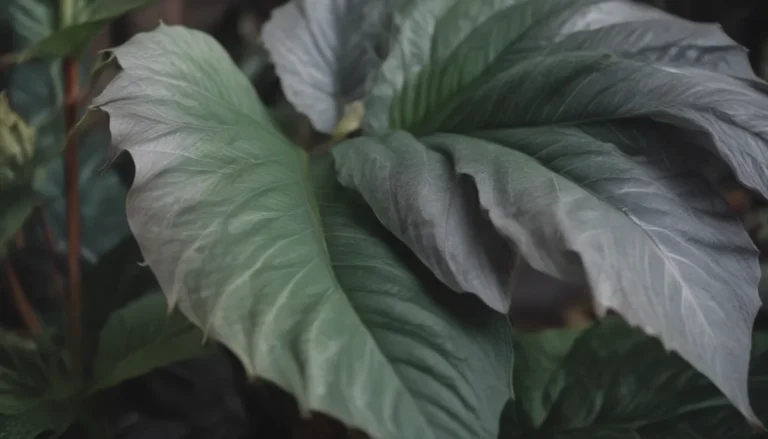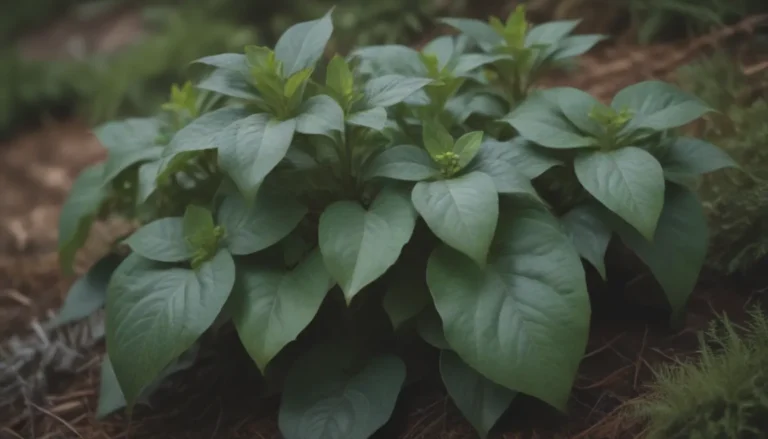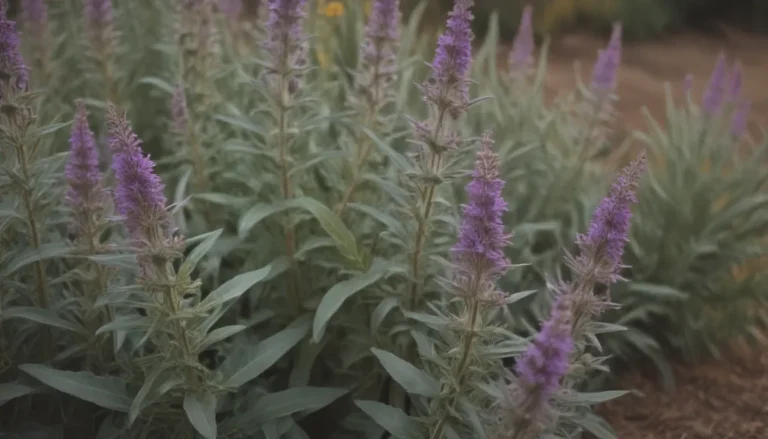The Complete Guide to Growing and Caring for Amur Adonis Plants
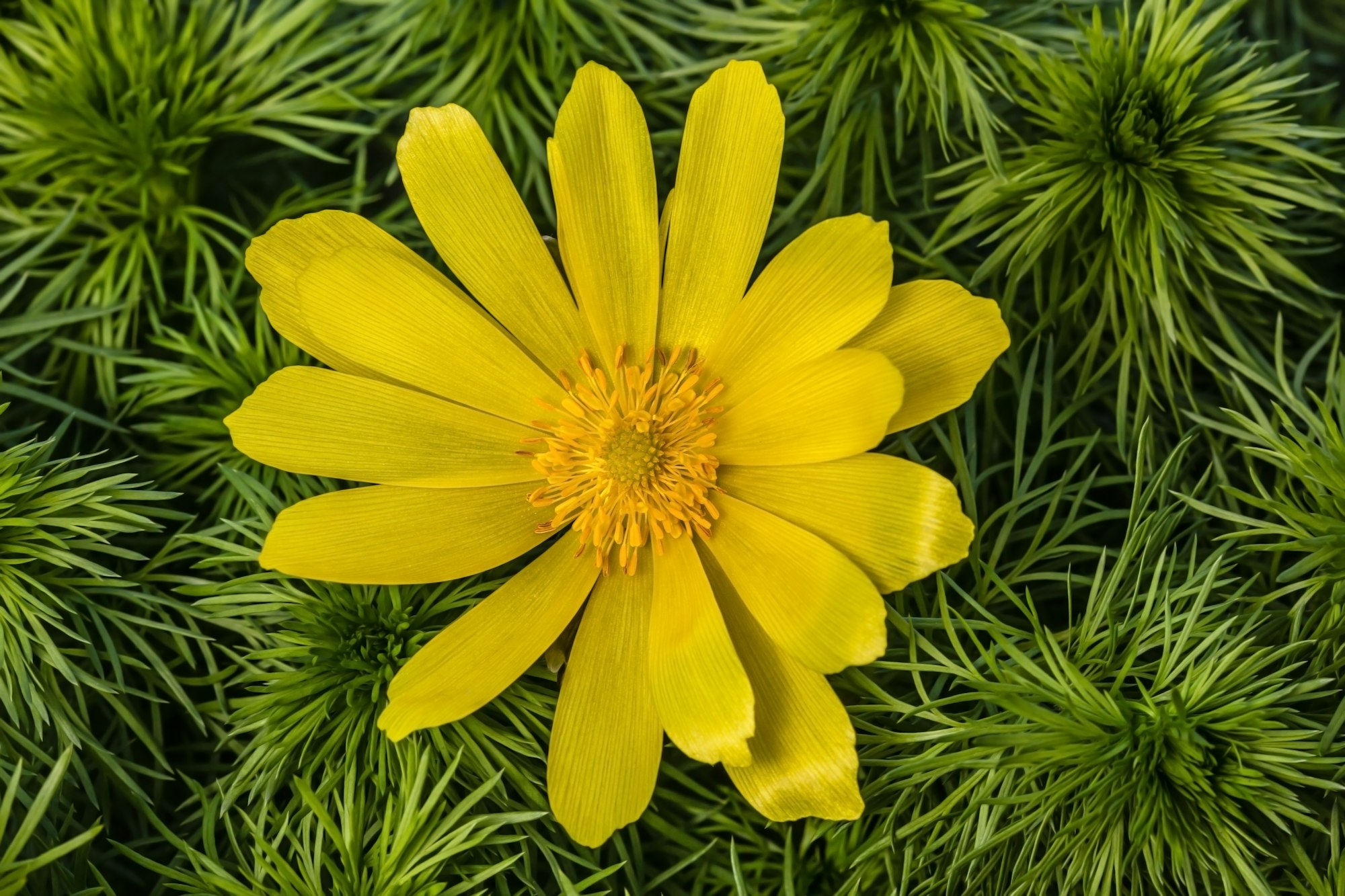
Are you looking for a stunning addition to your garden that offers both beauty and resilience? Look no further than the Amur Adonis plant! Known for its vibrant yellow flowers and lush foliage, this perennial is a true gem in any garden. In this comprehensive guide, we’ll dive into everything you need to know about growing and caring for Amur Adonis plants, so you can enjoy their splendor for years to come.
What is an Amur Adonis Plant?
The Amur Adonis (Adonis amurensis) is a flowering perennial native to the Amur River region in eastern Asia, including parts of China, Korea, and Russia. It belongs to the buttercup family (Ranunculaceae) and is known for its striking yellow flowers that bloom in early spring, often emerging through snow.
The plant typically grows to a height of 6-12 inches (15-30 cm) and forms clumps of finely divided, fern-like foliage. The leaves are a lush green color and provide an attractive backdrop for the flowers.
Why Grow Amur Adonis Plants?
There are several reasons why Amur Adonis plants make a fantastic addition to any garden:
- Early Spring Blooms: Amur Adonis is one of the earliest perennials to bloom in spring, providing a much-needed burst of color after a long, drab winter.
- Low Maintenance: Once established, Amur Adonis plants are relatively low maintenance and easy to care for.
- Versatile: These plants can be grown in a variety of settings, including rock gardens, woodland gardens, and as border plants.
- Attracts Pollinators: The bright yellow flowers of Amur Adonis attract early spring pollinators like bees and butterflies.
- Deer and Rabbit Resistant: Due to their toxicity, Amur Adonis plants are generally avoided by deer and rabbits, making them a good choice for gardens where these animals are a problem.
Growing Conditions for Amur Adonis Plants
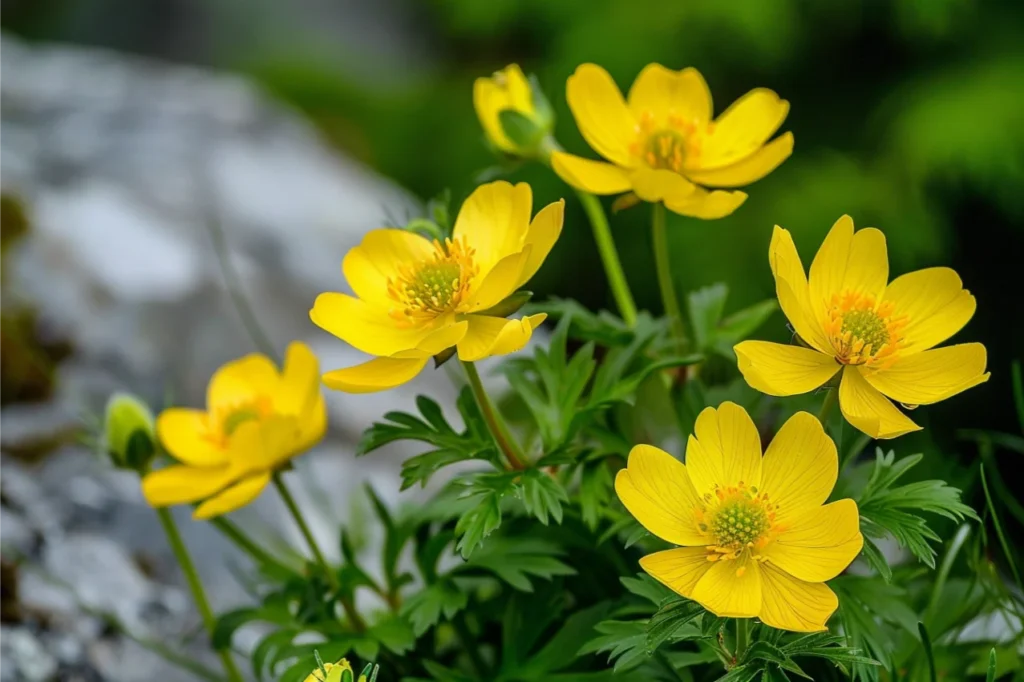
To successfully grow Amur Adonis plants, it’s essential to provide them with the right growing conditions. Here’s what you need to know:
Sun Exposure
Amur Adonis plants prefer full sun to partial shade. They will bloom most profusely in full sun but can tolerate some light shade, especially in hotter climates.
Soil Requirements
These plants thrive in well-draining, humus-rich soil. They prefer slightly acidic to neutral soil with a pH between 6.0 and 7.0. Amur Adonis plants do not tolerate heavy, wet soils, which can lead to root rot.
Water Needs
Amur Adonis plants have moderate water needs. They prefer consistently moist soil but not soggy conditions. Water them deeply and regularly during the growing season, especially during dry spells. Avoid overwatering, as this can cause root rot.
Temperature and Humidity
Amur Adonis plants are hardy in USDA zones 3-7, making them suitable for growing in a wide range of climates. They are cold-tolerant and can withstand temperatures as low as -40°F (-40°C). These plants do not have any specific humidity requirements.
Planting Amur Adonis
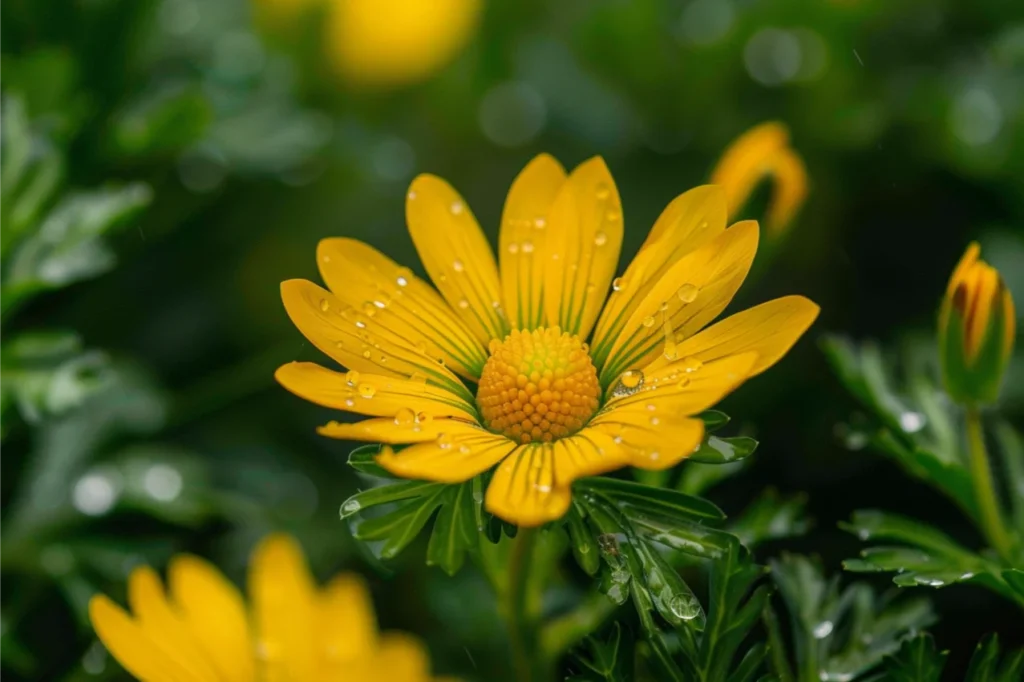
Now that you know the ideal growing conditions for Amur Adonis plants, let’s explore how to plant them in your garden.
When to Plant
The best time to plant Amur Adonis is in the fall or early spring, before the plants start actively growing. Planting in the fall allows the roots to establish before the winter dormancy period.
Choosing a Location
Select a location in your garden that receives full sun to partial shade and has well-draining soil. Amur Adonis plants can be grown individually or in groups for a more dramatic effect.
Preparing the Soil
Before planting, prepare the soil by removing any weeds and loosening the soil to a depth of about 12 inches (30 cm). Incorporate organic matter, such as compost or well-rotted manure, to improve soil fertility and drainage.
Planting Procedure
- Dig a hole deep enough to accommodate the root system and about twice as wide as the root ball.
- Place the plant in the hole, ensuring that the crown (where the roots meet the stem) is level with the soil surface.
- Backfill the hole with the amended soil and gently firm it around the plant.
- Water the plant thoroughly to help settle the soil and eliminate air pockets.
- Apply a layer of mulch around the plant to help retain moisture and suppress weed growth.
Caring for Amur Adonis Plants
Once your Amur Adonis plants are established, they require minimal care to thrive. Here are some essential care tips:
Watering
Water your Amur Adonis plants deeply and regularly during the growing season, especially during dry spells. Avoid overwatering, as this can lead to root rot. Reduce watering frequency during the dormant period in winter.
Fertilizing
Amur Adonis plants generally do not require frequent fertilization. If desired, you can apply a balanced, slow-release fertilizer in early spring to support healthy growth and blooming.
Pruning and Deadheading
After the flowers fade, remove the spent blooms to encourage the plant to focus its energy on foliage growth rather than seed production. In late fall or early winter, you can cut back the foliage to the ground to tidy up the plant before its winter dormancy.
Dividing and Transplanting
Amur Adonis plants can be divided every 3-4 years to rejuvenate the clumps and promote vigorous growth. The best time to divide the plants is in early fall or spring. Carefully dig up the entire clump and divide it into smaller sections, each with a healthy portion of roots and foliage. Replant the divisions immediately and water them well.
Pests and Diseases
Amur Adonis plants are generally pest and disease-resistant. However, they may occasionally face issues such as:
- Powdery Mildew: This fungal disease appears as a white, powdery coating on the leaves. It thrives in humid conditions with poor air circulation. To prevent powdery mildew, ensure proper spacing between plants and avoid overhead watering.
- Slugs and Snails: These pests can damage the foliage, leaving irregular holes in the leaves. Hand-picking them or using beer traps can help control their population.
- Root Rot: Overwatering or poorly draining soil can lead to root rot, causing the plant to wilt and die. Ensure well-draining soil and avoid excessive watering to prevent this issue.
Propagating Amur Adonis Plants
Amur Adonis plants can be propagated through division or seed. Division is the easiest and most reliable method, as described earlier in the “Dividing and Transplanting” section.
To propagate by seed, collect the seeds in late spring or early summer when the seed pods have turned brown and started to split open. Sow the seeds immediately in a cold frame or outdoors in a prepared seedbed. Keep the soil moist but not soggy. Germination can be erratic, and it may take up to a year for the seeds to sprout.
Companion Plants for Amur Adonis
Amur Adonis plants pair well with other early spring bloomers and plants that enjoy similar growing conditions. Some excellent companion plants include:
- Hellebores (Helleborus spp.)
- Snowdrops (Galanthus spp.)
- Crocuses (Crocus spp.)
- Primroses (Primula spp.)
- Siberian Squill (Scilla siberica)
- Lungwort (Pulmonaria spp.)
Frequently Asked Questions
Are Amur Adonis plants toxic?
Yes, Amur Adonis plants contain toxic compounds and should be kept away from children and pets. Wear gloves when handling the plant to avoid skin irritation.
How long do Amur Adonis plants live?
With proper care, Amur Adonis plants can live for several years. They are relatively long-lived perennials that can provide beauty in your garden for an extended period.
Can Amur Adonis plants be grown in containers?
While Amur Adonis plants are typically grown in the ground, they can be grown in containers if provided with adequate drainage and the right soil mix. Choose a container with drainage holes and use a well-draining potting mix.
Do Amur Adonis plants attract wildlife?
Yes, the bright yellow flowers of Amur Adonis attract early spring pollinators like bees and butterflies, making them a valuable addition to a wildlife-friendly garden.
Are Amur Adonis plants drought-tolerant?
Amur Adonis plants have moderate water needs and are not considered highly drought-tolerant. They prefer consistently moist soil and may require supplemental watering during extended dry periods.
Conclusion
Amur Adonis plants are a delightful addition to any garden, offering vibrant yellow blooms in early spring and lush, fern-like foliage throughout the growing season. By providing the right growing conditions, planting them properly, and following the care tips outlined in this guide, you can enjoy the beauty of these resilient perennials for years to come. Whether grown in a rock garden, woodland setting, or as a border plant, Amur Adonis is sure to captivate with its early spring charm.
Remember to handle Amur Adonis plants with care due to their toxic properties and keep them away from children and pets. With their low-maintenance nature and ability to thrive in a variety of settings, these plants are an excellent choice for both novice and experienced gardeners alike.
So why not add some Amur Adonis plants to your garden this year? With their cheerful blooms and easy-going nature, they’re sure to become a cherished part of your spring landscape.
